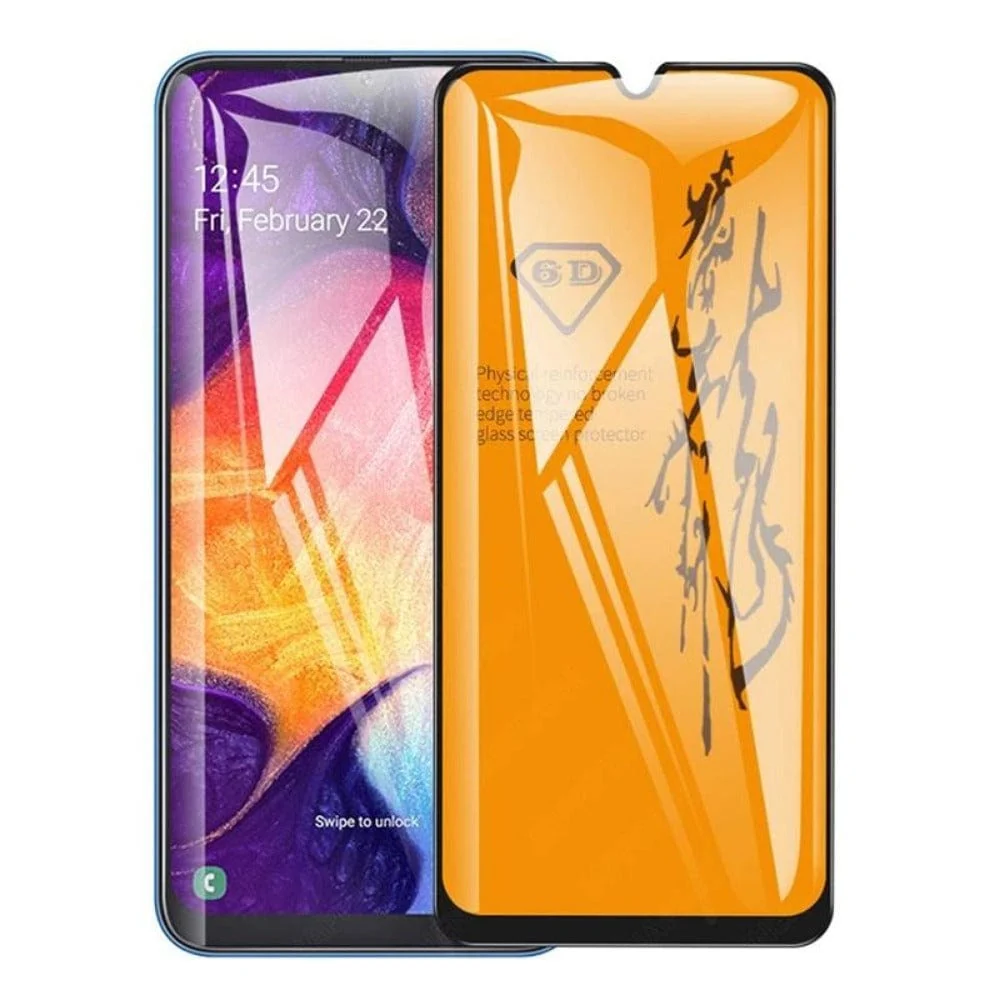Tempered glass is a popular choice for applications requiring durability, safety, and aesthetics, from shower doors to smartphone screens. But when it comes to 10mm tempered glass, just how strong is it? This article explores the strength, applications, and factors influencing the performance of 10mm tempered glass to help you understand its capabilities.
What Is Tempered Glass?
Tempered glass, also known as toughened glass, undergoes a specialized heat treatment process that enhances its strength compared to regular glass. The process involves heating the glass to over 600°C and then rapidly cooling it, creating compressive stress on the surface and tensile stress inside. This makes tempered glass up to five times stronger than annealed glass of the same thickness and gives it unique safety properties—when broken, it shatters into small, blunt granules rather than sharp shards.

How Strong Is 10mm Tempered Glass?
The strength of 10mm tempered glass depends on several factors, including its manufacturing quality, application, and external conditions. Here’s a breakdown of its strength characteristics:
1. Impact Resistance
10mm tempered glass is highly resistant to impacts, making it suitable for demanding environments. It can withstand significant force, such as accidental bumps or moderate blows, without cracking. For example, in residential settings, 10mm tempered glass is commonly used for shower enclosures or glass balustrades, where it handles daily wear and tear effectively.
2. Load-Bearing Capacity
The thickness of 10mm gives tempered glass considerable load-bearing capacity. It can support substantial weight, making it ideal for structural applications like glass tabletops, shelves, or flooring. However, the exact load capacity depends on how the glass is supported—edge-supported panels are weaker than fully supported ones.
3. Thermal Resistance
Tempered glass has excellent thermal stability, resisting temperature changes better than regular glass. 10mm tempered glass can typically handle temperature differences of up to 250°C, making it suitable for environments with fluctuating temperatures, such as oven doors or glass facades exposed to sunlight.
4. Scratch and Abrasion Resistance
While tempered glass is not immune to scratches, its surface is harder than regular glass, offering better resistance to minor abrasions. Proper handling and cleaning can maintain its clarity and strength over time.
Factors Affecting the Strength of 10mm Tempered Glass
While 10mm tempered glass is inherently strong, certain factors can influence its performance:
- Edge Quality: The edges of tempered glass are its weakest points. Poorly finished or damaged edges can reduce its overall strength.
- Installation: Improper installation, such as uneven support or excessive pressure, can create stress points that weaken the glass.
- Defects: Manufacturing flaws, though rare, can compromise strength. Always source tempered glass from reputable manufacturers.
- Environmental Exposure: Prolonged exposure to harsh chemicals or extreme conditions may affect the glass over time, though 10mm tempered glass is generally resilient.
Applications of 10mm Tempered Glass
Thanks to its strength and safety features, 10mm tempered glass is used in a variety of applications, including:
- Architectural Uses: Glass balustrades, partitions, and facades in modern buildings.
- Furniture: Tabletops, shelves, and cabinet doors.
- Automotive: Side and rear windows in vehicles.
- Safety Barriers: Pool fencing or stair railings where safety and durability are critical.
Limitations of 10mm Tempered Glass
Despite its strength, 10mm tempered glass has limitations:
- Not Indestructible: While strong, it can break under extreme force or impact at weak points like edges.
- Cannot Be Cut or Modified: Once tempered, the glass cannot be cut, drilled, or reshaped without shattering.
- Cost: Tempered glass is more expensive than regular glass due to its manufacturing process.
Comparing 10mm Tempered Glass to Other Thicknesses
To put 10mm tempered glass in perspective, thinner tempered glass (e.g., 4mm or 6mm) is less robust and suited for lighter applications, like shower screens or small tabletops. Thicker options (e.g., 12mm or 15mm) offer even greater strength for heavy-duty uses, such as large structural panels, but come with higher costs and weight. For most residential and commercial applications, 10mm strikes an optimal balance between strength, weight, and affordability.
Tips for Maintaining 10mm Tempered Glass
To maximize the lifespan and strength of 10mm tempered glass:
- Clean with non-abrasive materials and mild detergents to avoid scratches.
- Inspect edges regularly for chips or cracks, which can weaken the glass.
- Ensure proper installation by professionals to avoid stress points.
- Avoid extreme impacts, especially at the edges.
Conclusion
10mm tempered glass is exceptionally strong, offering excellent impact resistance, load-bearing capacity, and thermal stability for a wide range of applications. While not indestructible, its durability and safety features make it a top choice for both residential and commercial projects. By understanding its strengths, limitations, and maintenance needs, you can confidently choose 10mm tempered glass for your next project, ensuring both functionality and aesthetics.